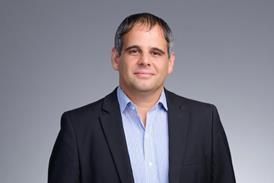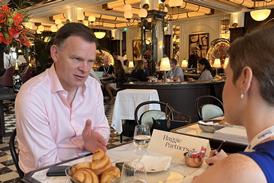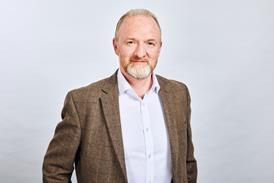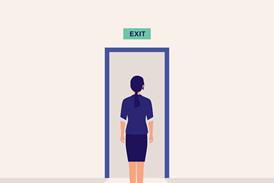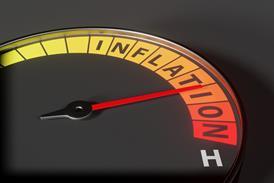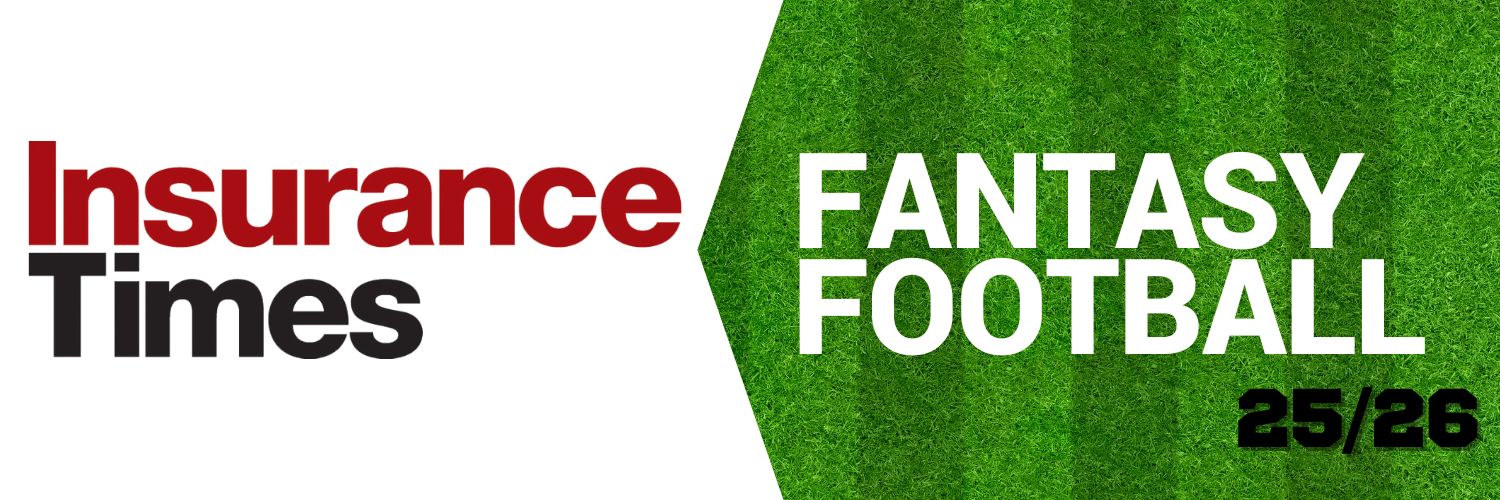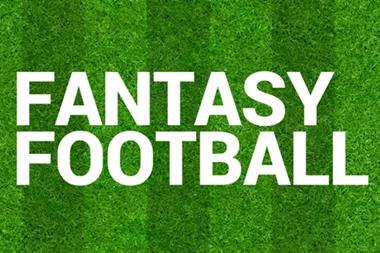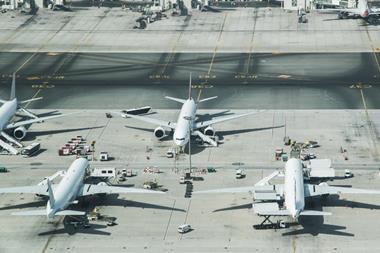Standard & Poor's non-life insurance rating outlook
Standard & Poor's non-life insurance rating outlook
Shrinking capacity, rising rates, more selective underwriting balanced by lower investment returns and a mature market
Standard & Poor's has established a stable outlook on the domestic UK non-life insurance market, indicating that ratings are more likely to remain the same than to change.
The UK non-life market is mature, and underlying growth in exposure is expected to be broadly in line with GDP. There are some prospects for longer-term growth in areas such as accident and healthcare. The major players (which typically have a broad presence in the UK non-life market including the London market and are often supported by international and life operations) are likely to benefit from consolidation of the market, because many have the financial capacity to acquire smaller or struggling insurers.
Premium income levels are cyclical. In 1999 there were rate rises in some lines of business, particularly motor. Motor rate increases continued during 2000 by as much as 20% in some accounts, but have slowed in 2001. Increases on other lines of business are being achieved on a broad front. The combination of harder rates and more selective underwriting should lead to improved underwriting results in 2001.
Consolidation among UK market leaders since 1996 have removed little capacity from the market. That is because most of the larger deals have been structured as mergers – notably the mergers of Royal Insurance and Sunalliance in 1996, Zurich and BAT (Eagle Star) in 1998 and Norwich Union and CGU in 2000, itself the result of the 1998 merger between General Accident and Commercial Union. The trend has begun to change, however: the acquisition of London & Edinburgh by Norwich Union in 1998 was a cash offer, but the acquisition of GRE by Sun Life and Provincial Holdings (Axa Group) in 1999 was made by a mixture of cash and shares. Neither deal significantly reduced market capacity, but they helped to increase market discipline such that rate rises were pushed through in 1999 more successfully than in 1998. The strategic repositioning of some large groups has reduced capacity in some lines – particularly reinsurance and large corporate risks.
Capacity in the market has been squeezed during 1999 and 2000 because of weak underwriting results, lower yields on investments, poor equity prices at the end of 2000 and the capital needs for growing life businesses. In addition, some companies have begun to repatriate capital to shareholders. The withdrawal of companies such as Independent and Reliance National has also shrunk capacity. On the positive side, consolidation has increased the market shares of the largest players, all of which have a strong focus on increasing profitability.
Competition from direct writers, niche players and international players will restrict rate rises in some lines. However, the majors will be able to exert influence in lines where they have leadership positions, strong distribution through small- and medium-sized businesses and business generated through corporate ties.
Profitability will lag behind the trend in rate increases. Combined ratios peaked in 1998 at 112% for the company market, falling to 111% in 1999. The impact of the autumn floods is likely to mean only a small rise in the combined ratio in 2000, but 2001 is expected to show an improvement on 1999.
The investment return contribution will be lower than in recent years, given the lower yields available. Investment in equities will produce volatility in results and capital, particularly as the FTSE closed on a high at the end of 1999 and then plummeted in 2000. Reinsurance costs will be a drag on earnings in 2001, because direct rates will not be increasing at a similar rate.
The insurance market
The total number of companies authorised to transact non-life business in the UK at the end of 1999 was 596. A further 62 firms were authorised to write both life and non-life business.
Following the completion of the merger between CGU and Norwich Union in April 2000, CGNU sold its US non-life operations to White Mountains. It also announced a withdrawal from London Market business and global risks. The group's main non-life exposure is now to small commercial lines and personal lines. London & Edinburgh is also a CGNU company. Norwich Union has been adopted as the brand for UK business. Outside the UK, CGNU has leading non-life positions in France and the Netherlands.
In September 1999, Royal & Sunalliance's Danish subsidiary, Codan, bought Trygg-Hansa, Sweden's fourth-largest non-life insurer. Royal & Sunalliance has a strong non-life position in the US, UK and Scandinavia. In 1999, it acquired Orion in the US. It is reviewing its UK life operations. Both CGNU and Royal & Sunalliance are among the ten largest general insurers in Europe.
As a result of the consolidation of recent years, the two largest insurers, CGNU and Royal &
Sunalliance, have a 40% share of the UK motor market. If the shares of the next three largest groups, Eagle Star/Zurich, Axa and Direct Line, are added to these, the top five insurers have a 65% market share. Lloyd's syndicates underwrite significant volumes of motor business and Cox syndicate 218 is among the leading 20 non-life insurers in the UK.
Axa Group bought Guardian Group in February 1999. The primary UK company, Guardian Royal Exchange Assurance, was renamed Axa Insurance in 1999 and it now acts in part as a holding company for Axa's UK and Irish non-life operations.
ZFS Group acquired Eagle Star in September 1998. Eagle Star is the group's main non-life
operation in the UK and focuses on personal lines and small commercial business. A UK branch of Zurich Insurance also underwrites in the UK.
Direct Line focuses on personal lines insurance sold over the telephone. Both it and Churchill, another large direct writer, have a significant expense advantage over their competitors, which use broker networks for distribution. Direct Line claims to be the leading UK motor writer on the internet, with a market share of 40%. In June 2001, Churchill reached agreement with Pearl Assurance to underwrite Pearl's existing non-life insurance policies. This represents the continuation of a trend of many life assurers to reduce non-life exposure.
In June 2001, Independent Insurance went into provisional liquidation. The company had been a leading insurer of commercial risks and high net-worth individuals, and it had achieved a market capitalisation of almost £1bn. It was among the largest 20 non-life insurers in the UK. The decline in the company's fortunes was rapid – within a week of ceasing to underwrite business, Independent had gone into provisional liquidation. The company is believed to be insolvent, so creditors (including policyholders of non-compulsory types of insurance) will receive less than they are owed.
Uncertainty over the appropriate level of technical reserves, and over the status of certain reinsurance protections it bought, appears to have been the cause of Independent's inability to continue to underwrite. Further uncertainty over the ability to run the company on a solvent basis led the directors to put it into provisional liquidation. The Serious Fraud Office has opened an investigation.
Many non-life insurance operations of life assurers have either been reduced or closed in recent years. Life assurers have found non-life business volatile and the scope for growth has been limited. The most recent example of this trend is the decision of Pearl Assurance to transfer its non-life operations to Churchill. This will take effect in August 2001.
Market features
Compulsory insurance
The following lines of business are compulsory:
Solicitors, insurance brokers and accountants are required by their professional associations to have a minimum level of professional indemnity insurance.
Captive insurance companies are subject to the same regulations as other insurance firms. So, it is common for UK captives to be based offshore, usually in the Channel Islands or on the Isle of Man.
Brokers
Traditionally, the UK market has been served by independent brokers. However, Direct Line, Churchill and other direct writers have challenged the role of the broker, and much personal lines insurance is now sold directly to the policyholder. Brokers continue to be important for commercial lines business. Mortgage lenders are an important distribution channel for buildings insurance.
Motor Insurers' Bureau
Motor insurers must pay a levy on their motor insurance premium income to the Motor Insurers' Bureau, to compensate third parties who have suffered a loss as a result of a motor accident caused by an uninsured or untraced driver.
Policyholders Protection Board
If an insurer becomes insolvent, the Policyholders Protection Board (PPB) will compensate policyholders to the extent of 90% of their claim. This applies to individuals only and there is no protection for corporate policyholders. Compulsory insurance, such as employers' liability and third-party motor liability, is treated differently by the PPB. In these cases, both corporate policyholders and individuals will receive the total amount of claims due in the event of an insurer's insolvency.
The board is financed, when necessary, by a levy on insurance companies authorised to write business in the UK of up to 0.8% of their net premium income on UK policies.
Standard & Poor's UK insurance analysts
David Laxton London 020 7847 7079
Simon Marshall London 020 7847 7080










